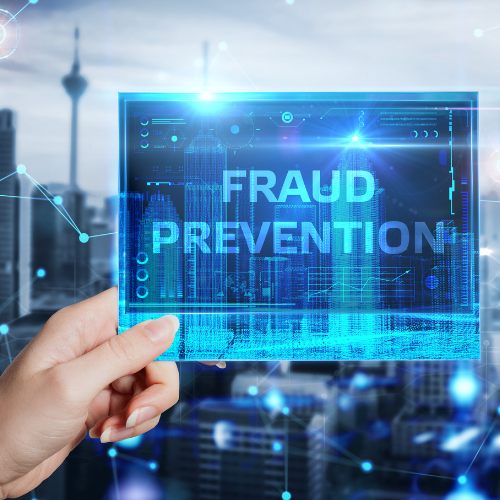These past two months have been among the most extraordinary times any of us can remember. The COVID-19 impact is all around us, impacting all of our lives, our work, the economy, and for sure we are on the onset of a new normal that we are learning how to deal with daily.
There are always two stages for dealing with a change of this magnitude. First, we react immediately, thinking about what we must do differently now. Soon, we are thinking long term again, reacting to and planning for permanent changes that result from the COVID-19 pandemic. Here are some questions you and your team should be discussing whether your planning for the short term or long term:
- How will you continue to handle increases in call center volume?
- What privacy concerns do you have with remote call center employees?
- How can you ensure that your member is not a fraudster?
- How will your members know it’s your credit union calling them?
- Will your members want your staff to touch their driver’s license or other physical forms of identification?
- How will you verify your member’s covered face against a physical ID?
- How do you trust that the ID you’re given hasn’t been tampered with?
- What personal health and safety concerns will your members and employees have?
Protecting and safeguarding your members’ identity will be the key to developing digital trust with your members and protecting your credit union from fraud.
From Original to Digital ID
Over the next five years, developments in digital identity are going to have a profound impact on our lives and how we think of access going forward. These new approaches will not only allow us to fight off new fraud vectors and build trust with our members but will improve privacy and security while also making our day-to-day lives easier.
Traditional methods of identity authentication are out of date in the digital world. Most identity documents, like passports and drivers’ licenses, are currently issued in a physical format and stored in centralized databases, which limit user control and pose security issues like data breaches. With so many reported data breaches associated with centralized identity models, it’s not just about if your members’ account will be hijacked, it’s about when.
The future is a decentralized identity model that solves security issues common with centralized identity models and will allow your members to own and control the use of their identities while giving them faster access to your products and services
Invoking Trust in the Identity Authentication Process
The source of truth that supports the MemberPass ecosystem and ensures identity trust behind each secure, interoperable transaction is the Digital Trust Registry. Much like registering a public domain for a web site on the Internet, the Digital Trust Registry holds a credit union’s unique public identifier on the Sovrin Global Identity Network, which is a global distributed ledger designed exclusively to support digital trust networks and verifiable digital credentials. This public identifier, or decentralized ID, is like the credit union’s public domain and will be how a credit union is recognized in the decentralized identity ecosystem.
Taking the first step toward creating digital trust between your credit unions and your members is easy. All it takes for credit unions to participate is six pieces of credit union information and $2,500. CULedger does the rest in establishing the credit union in the Digital Trust Registry. Visit www.digitaltrustregistry.com and start today!
—
CULedger, a credit union service organization, offering MemberPass, the simplest, most secure solution to verify your members through leveraging touchless, privacy-enhancing technology to protect credit unions and their members from identity theft and fraud.

